Throughout the history of DAR, Historic Preservation has always been one of the main focuses of the mission of the organization. Members participate in a wide variety of Historic Preservation projects as it is crucial to saving our history for future generations.
The Dr. Elisha Dick Chapter, NSDAR, supports an array of projects to help preserve sites and objects of importance to our shared American history, including:
-
Locating, restoring, and marking Revolutionary War Patriot gravesites and headstones.
-
Organizing and participating in commemorations of significant events and milestones in the U.S.’s history.
-
Organizing and contributing to major restorations and maintenance of historical sites and memorials.
-
Placing markers to memorialize people and events throughout American history.
- Preserving genealogical records, artifacts, and historical documents and making these items available to the public at DAR Headquarters (DAR Library, DAR Museum, and Seimes Technology Center)
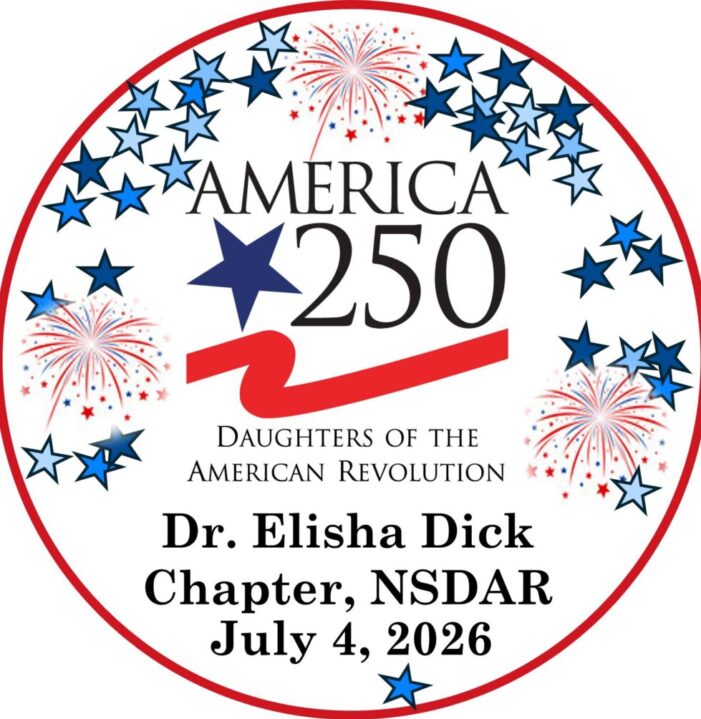
AMERICA250!
On July 4, 2026, our nation will commemorate and celebrate the 250th anniversary of the signing of the Declaration of Independence. This momentous occasion offers a chance to reflect on our nation’s history, celebrate the diverse contributions of all Americans, and envision the legacy we aspire to build for future generations.
Our chapter is focusing, in part, on a special historic preservation project in honor of the upcoming semiquincentennial: restoration, refencing, and remarking of the one of the original Washington D.C. boundary stones which has been entrusted to our care. These 40 stones marked the four lines forming the boundaries between the states of Maryland and Virginia and the square of 100 square miles of federal territory that became the District of Columbia in 1801.
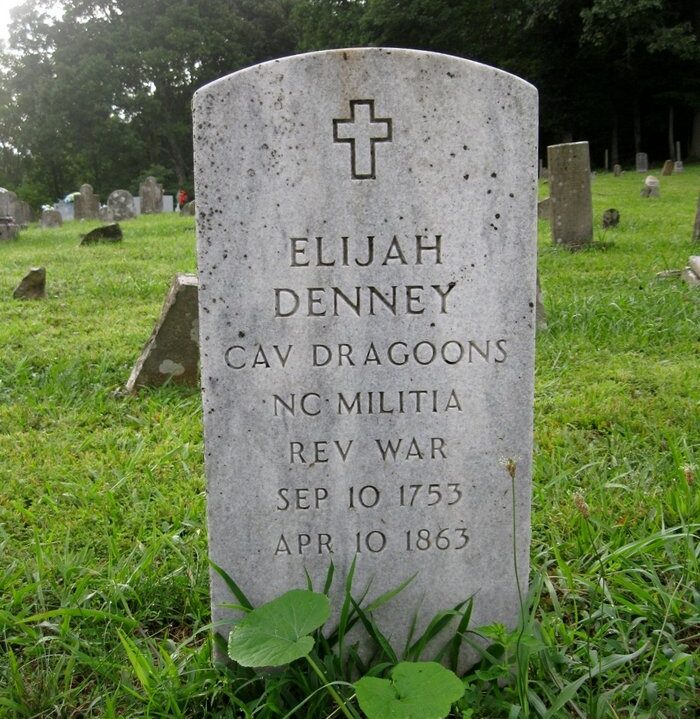
CHAPTER PATRIOT GRAVE DATABASE
During the 2023-24 year, a database was compiled of Dr. Elisha Dick Chapter, NSDAR, members’ patriots’ graves. The database includes the patriot’s name, their state, date of death and location of death. It is color coded to indicate the presence of a DAR marker. The database may be viewed via this link. Additions and updates are always welcome. Please contact the Chapter Regent by email or through the form on the “Contact Us” page.
GRAVE MARKINGS & WREATH LAYINGS
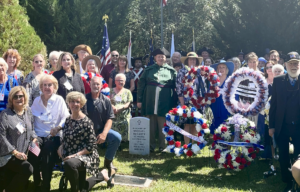
DAR members have located, restored, and marked thousands of patriot gravesites and headstones throughout the United States. We believe it is the very least we can do for our ancestors who fought and sacrificed for the freedoms we enjoy today.
More than 150 DAR, SAR, descendants, and guests attended the most recent grave marking ceremony sponsored by our chapter, for patriot Michael McCarty in Alabama.
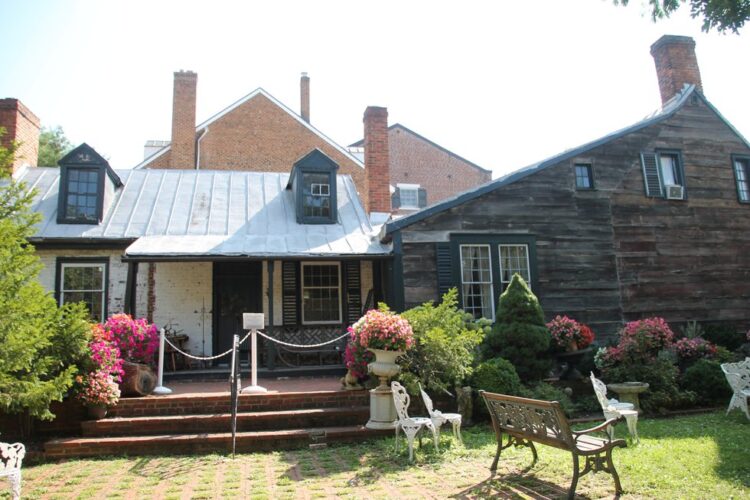
MURRAY-DICK-FAWCETT HOUSE AND GARDEN
Located at 517 Prince Street, this is one of the oldest homes in Alexandria. Our chapter’s namesake, Dr. Elisha Cullen Dick, owned this house in 1794. The City of Alexandria acquired the property in 2017, and intends to use it in perpetuity as a historic site, and vest-pocket park and garden, creating new open space in Old Town and preserving this nationally significant architectural and cultural resource. The former owner has life-tenancy in the house, with public access for special events 12 times per year. In the future, the house will be operated as a museum and educational center focused on domestic life in Alexandria during the 18th and 19th centuries. The Dr. Elisha Dick Chapter, NSDAR, has been raising money to be put toward a historic preservation project at this site.
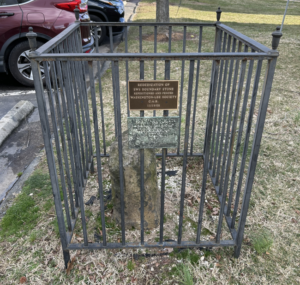
SOUTHWEST BOUNDARY STONE #8
The boundary stones are the oldest federal monuments. The Residence Act of July 16, 1790, as amended March 3, 1791, authorized President George Washington to select a 100-square-mile site for the national capital on the Potomac River between Alexandria, Virginia, and Williamsport, Maryland. President Washington selected the southernmost location within these limits, so that the capital would include all of present-day Old Town Alexandria, then one of the four busiest ports in the country. Acting on instructions from Secretary of State Thomas Jefferson, Major Andrew Ellicott began surveying the ten-mile square on February 12, 1791.
In 1915 the District of Columbia Chapters adopted the Boundary Stones, acquired deeds from the property owners to install a footing for the iron protective fences. The DAR had identical fences designed and installed around the stones and in 1916 dedication ceremonies took place to mark the stones with a plaque with the name of the Chapter who agreed to be its steward. (Wording from www.boundarystones.org).
The last boundary stone to be fenced and dedicated was Southwest Boundary Stone 8 (SW8), located at Upton Hill at the highest point of the 40-mile square. In 1949, Dr. Elisha Dick Chapter, NSDAR, agreed to accept stewardship for SW8 and on December 5, 1950, the chapter held a dedication ceremony at Upton Hill for the last of the original boundary stones of the District of Columbia, placed in 1791, and protected it with a green iron fence.
In February 1991, all of the boundary stones located in Virginia were added to the National Register of Historic Places at the request of the Virginia DAR. In the late 1990s, SW8 was moved to the Arlington County Courthouse basement for safekeeping during construction. On November 11, 2000, SW8 was repositioned and fenced by Washington-Lee Society, C.A.R., with support from Dr. Elisha Dick Chapter, NSDAR.
The stone is located along the driveway into the Patrick Henry Apartments from Wilson Boulevard, just east of its intersection with John Marshall Drive and N. McKinley Road, at the edge of the parking lot, about 100 feet southeast of a water tower.